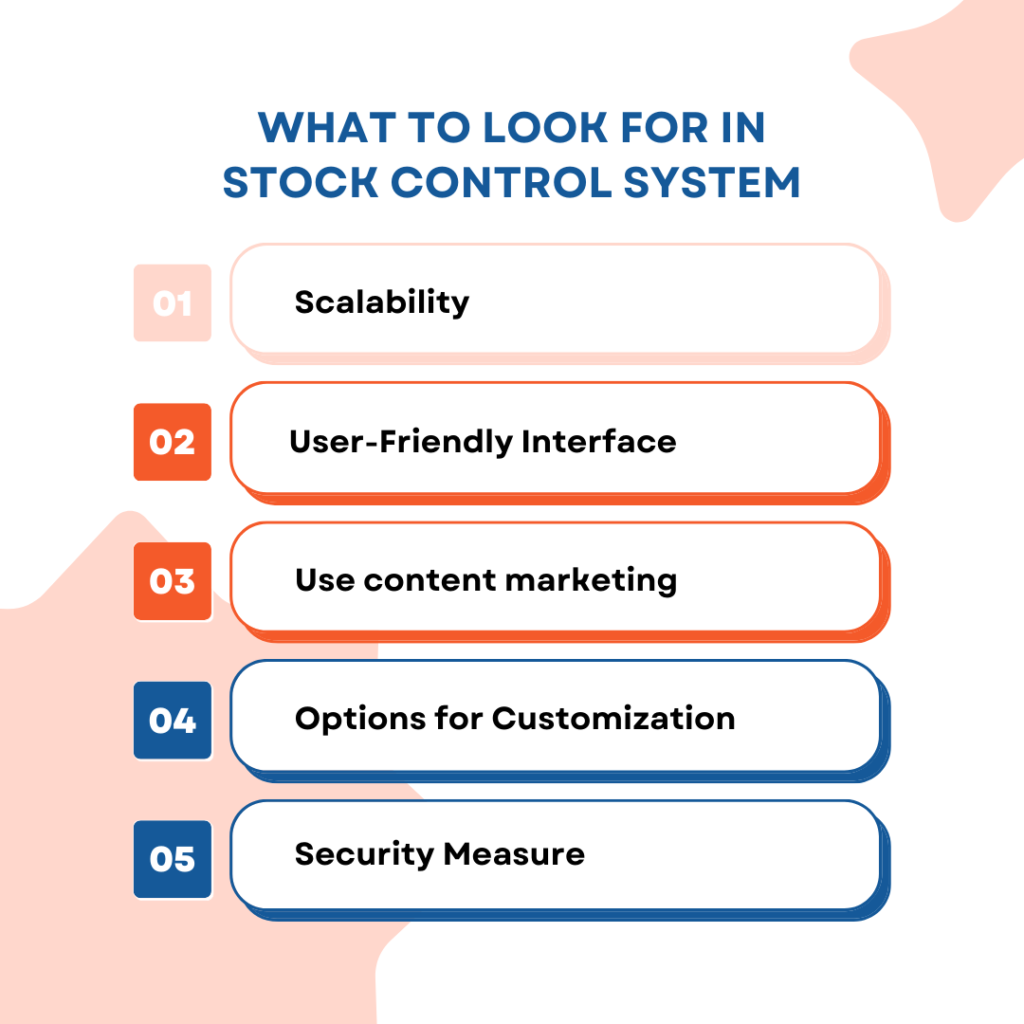Handyman Services List To Simplify Your Business Operations Serveiz |...
Read MoreWhat is a Stock Control System? Navigating Efficiency with Serveiz
Serveiz | Blog
The core of any profitable business operation is stock control. It entails using a structured strategy to manage the accessibility, storage, and supply of commodities that will effectively fulfil consumer demand. With an emphasis on the benefits of using Serveiz, this informative blog will explore what is stock control system, stock management techniques, key components of a successful stock control system, and suggestions for improving stock control in field service Management.
What is Stock Control System?
Stock control systems are a collection of guidelines and resources used to monitor and control an organization’s stock. It requires keeping an eye on the distribution, storage, and supply of commodities to guarantee that the right amount is available to effectively meet customer demand. This approach reduces holding costs, prevents stockouts, and improves overall operational effectiveness.
Different Stock Control Methods:
- Just-in-Time (JIT) Methods: JIT involves producing or acquiring items as needed instead of stockpiling them for later use. This decreases expired inventory risk and lowers storage costs.
- ABC Analysis: ABC analysis divides inventory into three important classes so that companies may concentrate their attention and resources on the things that will have the biggest effects on overall performance.
- Economic Order Quantity (EOQ): Using an ordering and holding cost algorithm, EOQ determines the most appropriate order quantity to reduce overall inventory expenses.
- Batch Tracking: Each batch of items is given a unique identity to help with traceability and quality control
- FIFO and LIFO: These stock valuation techniques, which affect how costs are allocated to items sold, are based on the principles of First In, First Out (FIFO) and Last In, First Out (LIFO).
Features of an Effective Stock Control System:
- Real-Time Tracking: This helps companies monitor inventory movements instantly, which lowers the risk of overstock and stockout scenarios.
- Automation: Automation reduces errors and streamlines repetitive work, enhancing stock control management efficiency.
- Multi-location Support: A stock control system should be able to track and manage stock across various warehouses or stores for companies with multiple locations.
- Demand planning and forecasting: Proficient forecasting tools assist in projecting future demand, enabling companies to efficiently manage stock levels and satisfy client demands.
- Integration with other Business Systems: Smooth integration with other business systems guarantees unified and effective functioning, including accounting and e-commerce.
What to Look for in a Stock Control System:

- Scalability: The system should be able to scale with the company, taking into account a rise in the quantity and complexity of inventory.
- User-Friendly Interface: A simple and easy-to-use interface guarantees that everyone in the team can access the stock control system, which lowers the learning curve.
- Reporting and Analytics: Robust reporting and analytics capabilities deliver insightful information about stock performance and support well-informed decision-making.
- Options for Customization: Since every business is different, a stock level control system should include options for customization so that it can fit certain requirements and processes.
- Security Measures: Sensitive inventory and company data must have strong security features to guard against unauthorized access and cyber risks
How to Optimize Stock Control:
Streamlining Processes for Mobile Service Efficiency:
- Efficient Order Fulfillment on the Move: Streamlining the order fulfillment process ensures that technicians can access and replenish parts efficiently while on the move, minimizing downtime during field service tasks.
- Dynamic Demand Forecasting for Mobile Service Routes: By using dynamic demand forecasting, stock levels are kept in line with the varying demand for certain parts along mobile service routes, which avoids stockouts and superfluous stock loads.
Implementing Technology Tailored for Field Service:
- Barcode and RFID Technology for Mobile monitoring: Using barcode and RFID technology is crucial for precise stock monitoring while on the go, allowing personnel to find and use the correct items fast when doing field service duties.
- Utilizing cutting-edge inventory software, such as Serveiz, for field operations: Serveiz is a customized solution that automates procedures, improves visibility, and interacts easily with existing field service management products.
Regular Audits and Cycle Counts:
- Finding and Fixing Inconsistencies During Field Visits: Frequent audits conducted during field visits assist technicians in finding inconsistencies in inventory data, guaranteeing that the appropriate parts are on hand for on-site service assignments.
- Preventing Stockouts and Overstock in Field Service: Maintaining ideal stock levels for field service efficiency requires continuous cycle counts, which are essential to preventing stockouts or overstock scenarios.
Streamline Stock Control in Field Service with Serveiz:
- Overview of Serveiz in Field Service Operations: Serveiz is a cutting-edge inventory management system tailored for field service operations that takes into account the particular difficulties associated with providing on-site service.
- Benefits of Using Serveiz:
- Enhanced Visibility and Transparency during Field Service: Serveiz gives managers and technicians on-the-go decision-making ability by giving real-time visibility into inventory levels throughout mobile service routes.
- Automation of Repetitive Tasks for Efficient Field Service Operations: Automation features lower human error rates and boosts overall effectiveness when it comes to stock management during field service operations.
- Integration with Field Service Software for Seamless Operations: Serveiz’s seamless integration with field service management software guarantees that stock level control is a crucial component of the workflow for all field services.
- Real-time Analytics for Informed Decision-Making in the Field: Serveiz provides field service managers with powerful analytics capabilities to support data-driven decision-making while on the go, assisting them in allocating resources and maintaining stock levels.
Tips for Effective Stock Management in Field Service
- Collaboration and Communication:
To ensure alignment with stock control goals facilitate smooth communication and collaboration between field service teams and other departments. To ensure a coordinated effort between on-site service and inventory control, technicians in the field should have clear ways to convey inventory demands.
- Technician Training and Engagement
It is essential to provide extensive training programmes for field service technicians. Stock control errors are decreased when technicians are motivated and well-trained to follow stock management best practices. Businesses may enhance field service performance and customer happiness by making sure technicians understand the need for precise inventory tracking and restocking.
- Mobile Integration for Field Service:
Utilize mobile devices to receive real-time inventory changes while out in the field. Provide technicians with mobile devices to facilitate communication and guarantee precise stock level monitoring and replenishment while they are on the move.
Conclusion:
In conclusion, effective stock control in the field service domain is not just about managing inventory but is a strategic imperative for operational success. By adopting tailored stock control methods, leveraging advanced inventory stock control systems like Serveiz, and staying ahead of emerging trends, businesses can enhance efficiency, reduce costs, and elevate the overall quality of their field service operations. In the dynamic world of field service management, optimized stock control is the key to ensuring long-term success.


